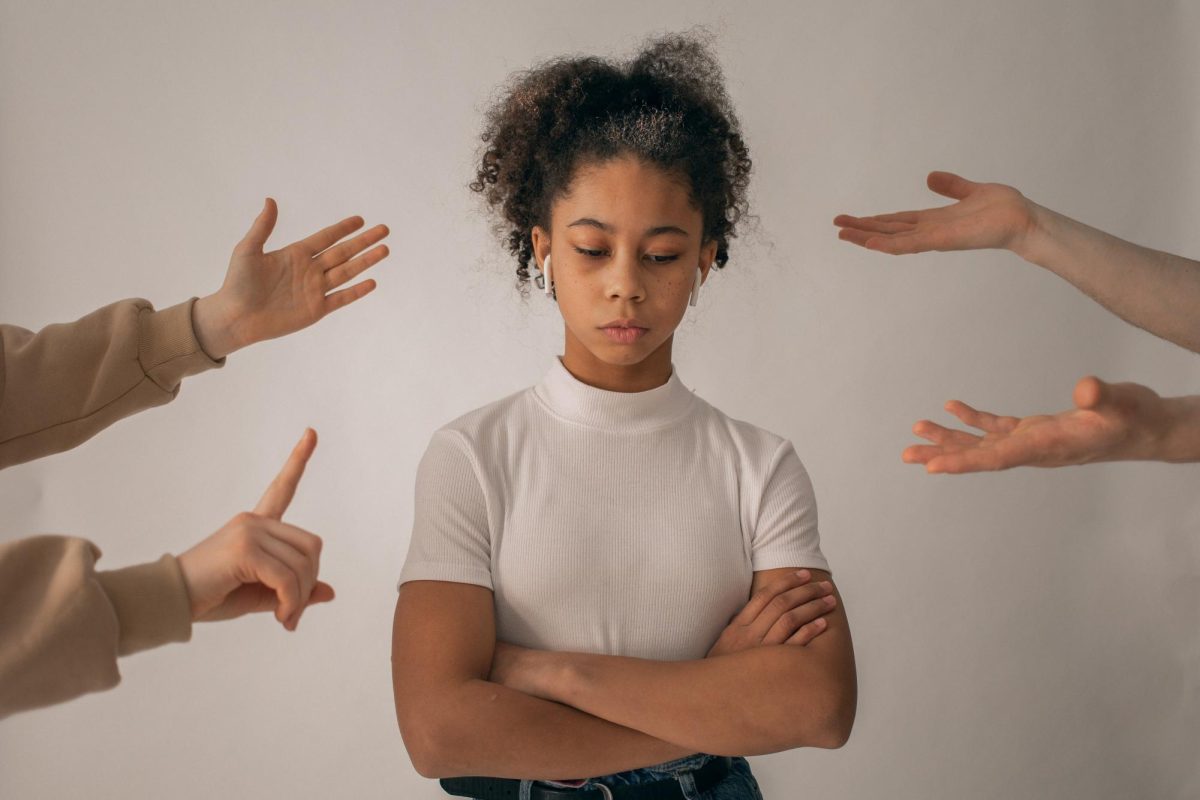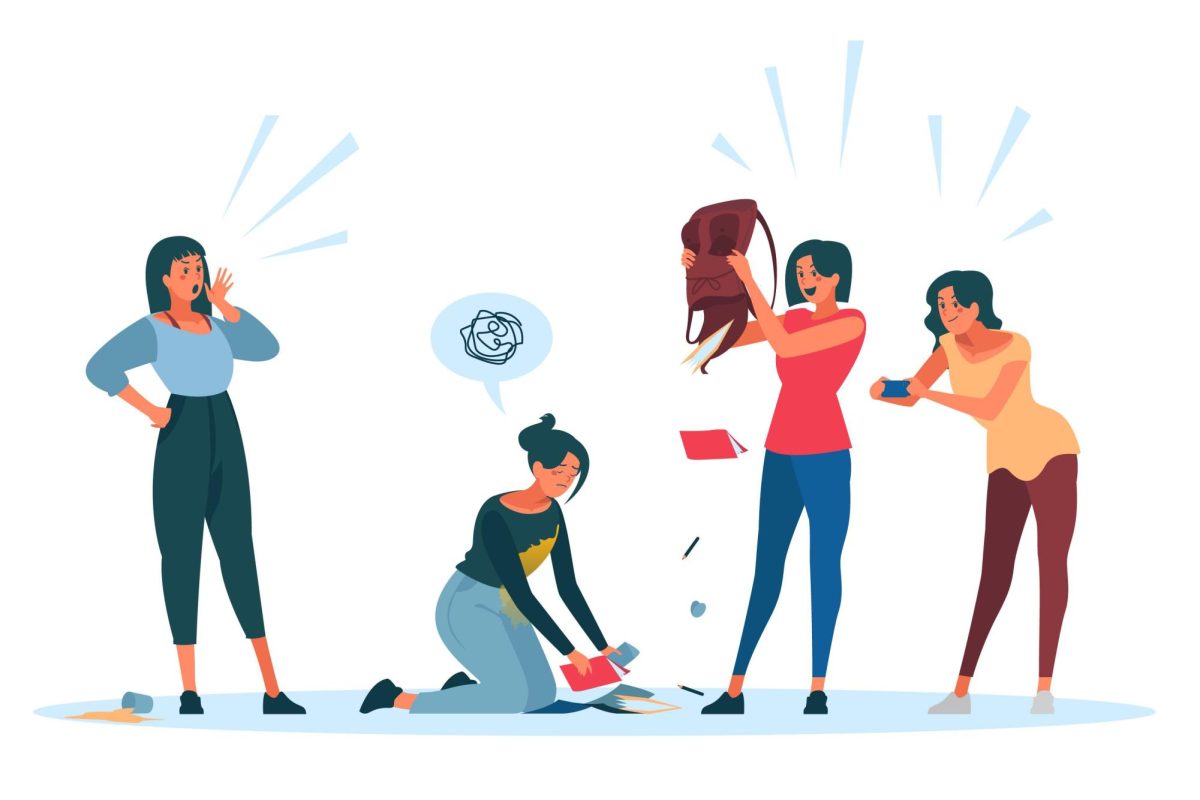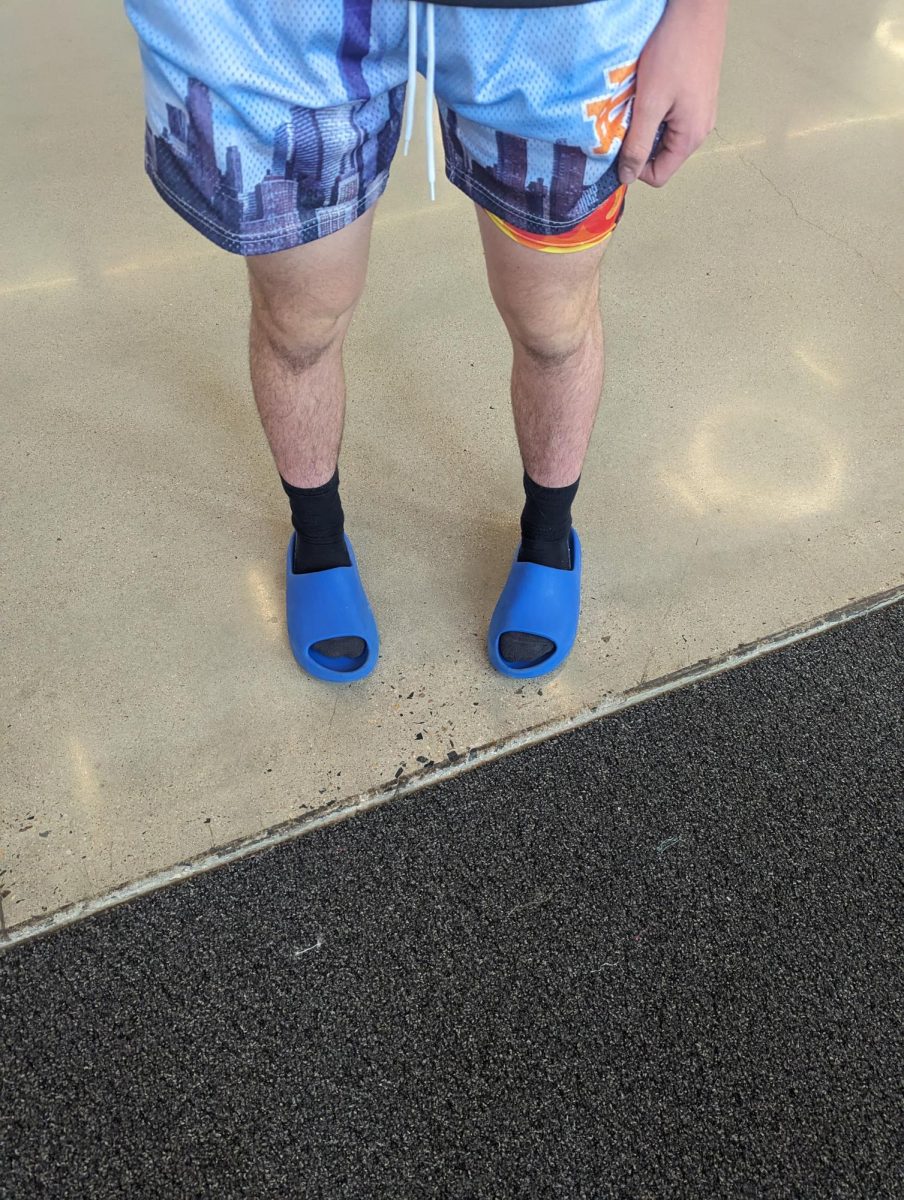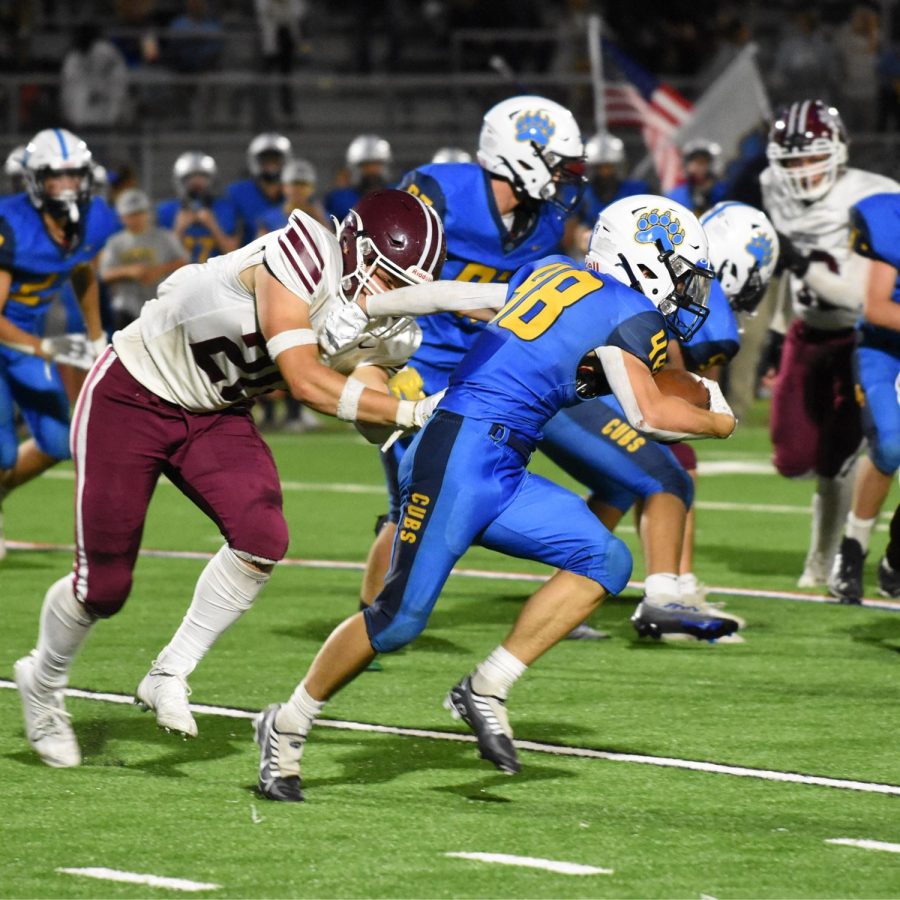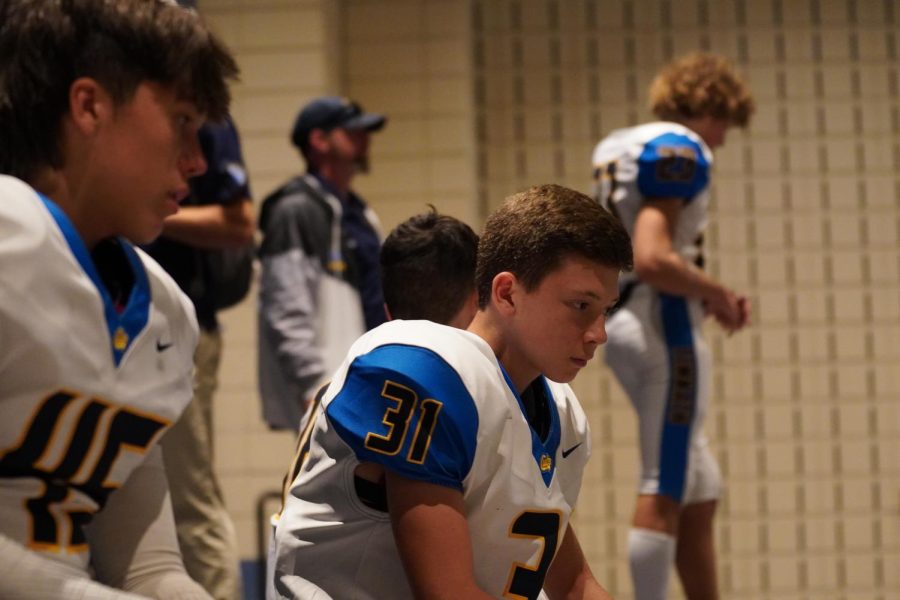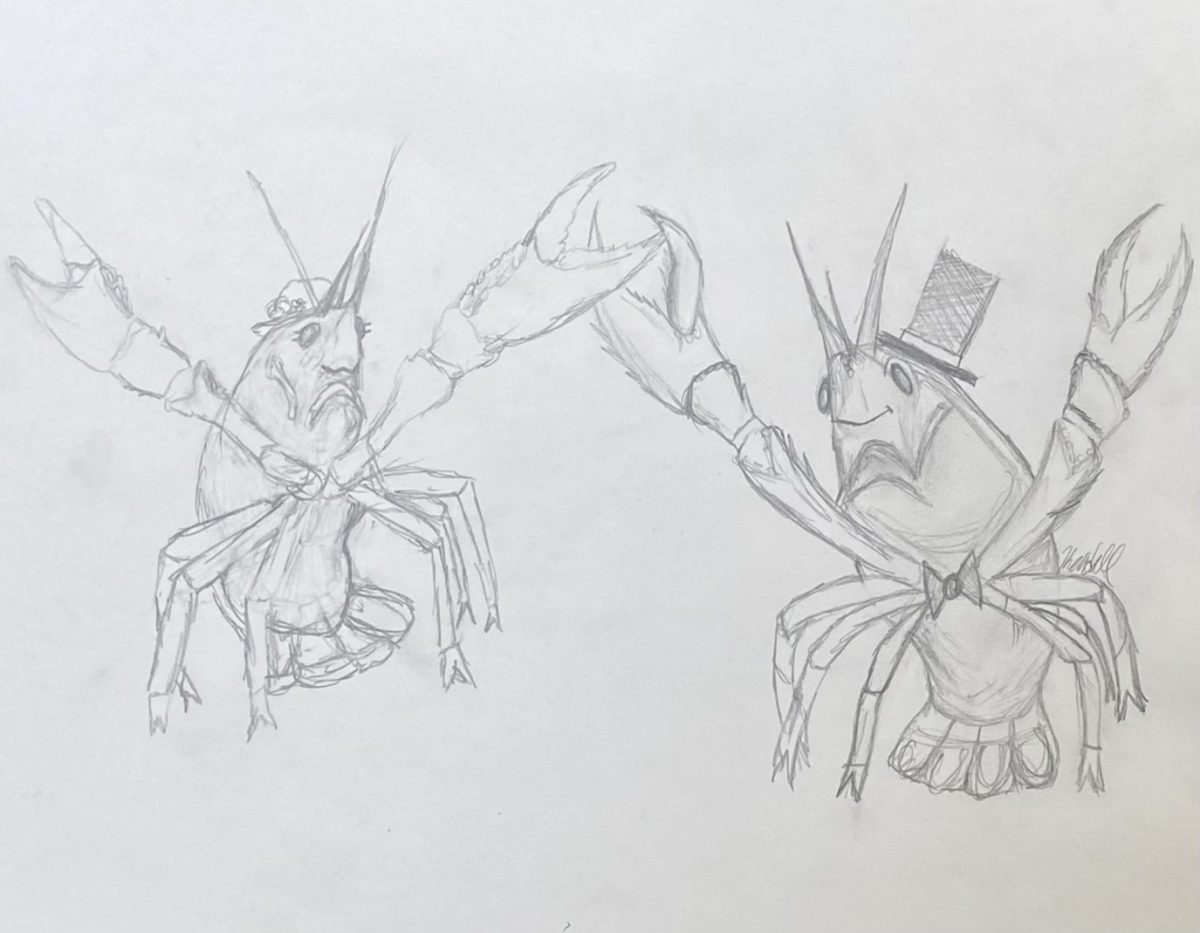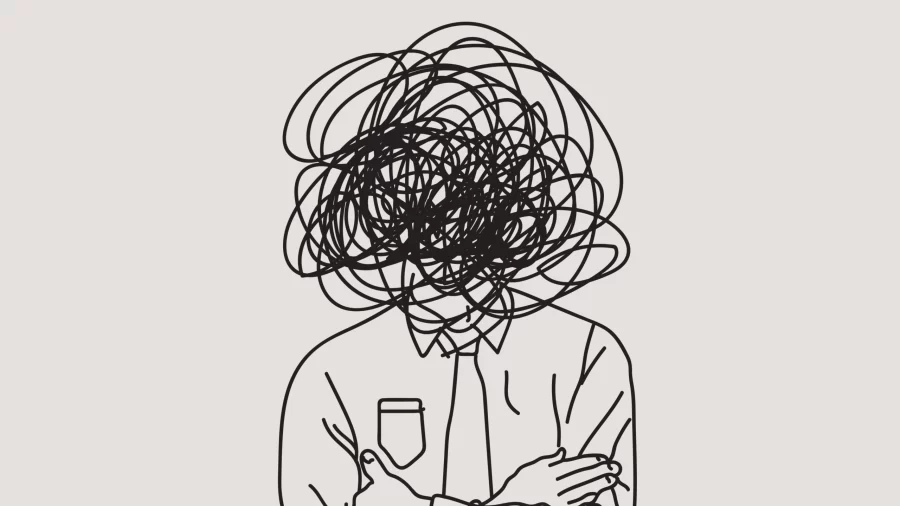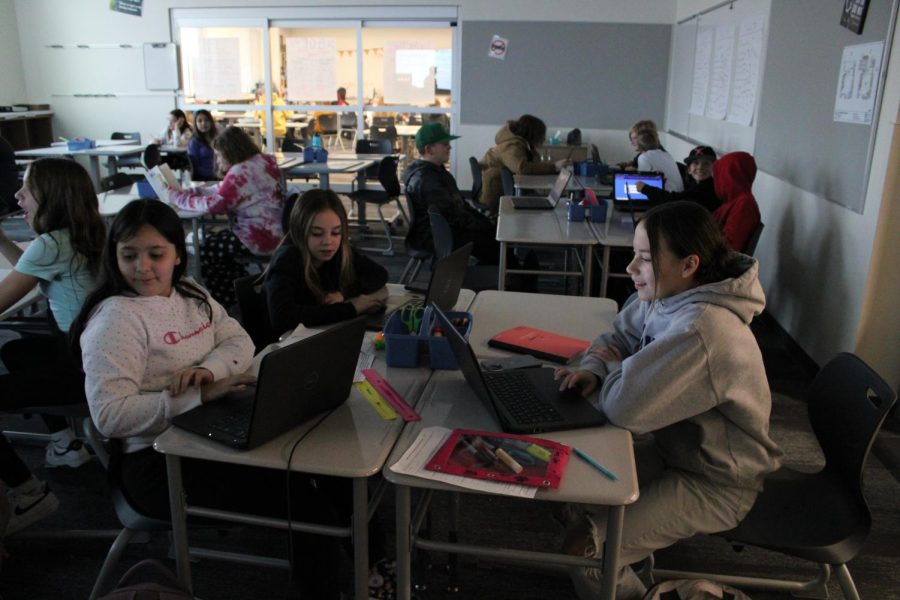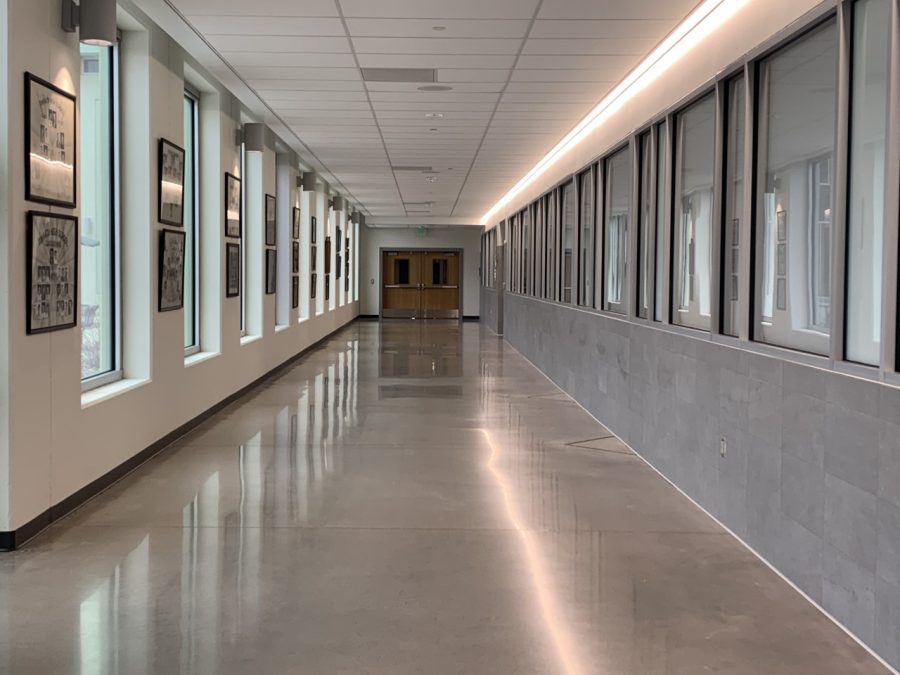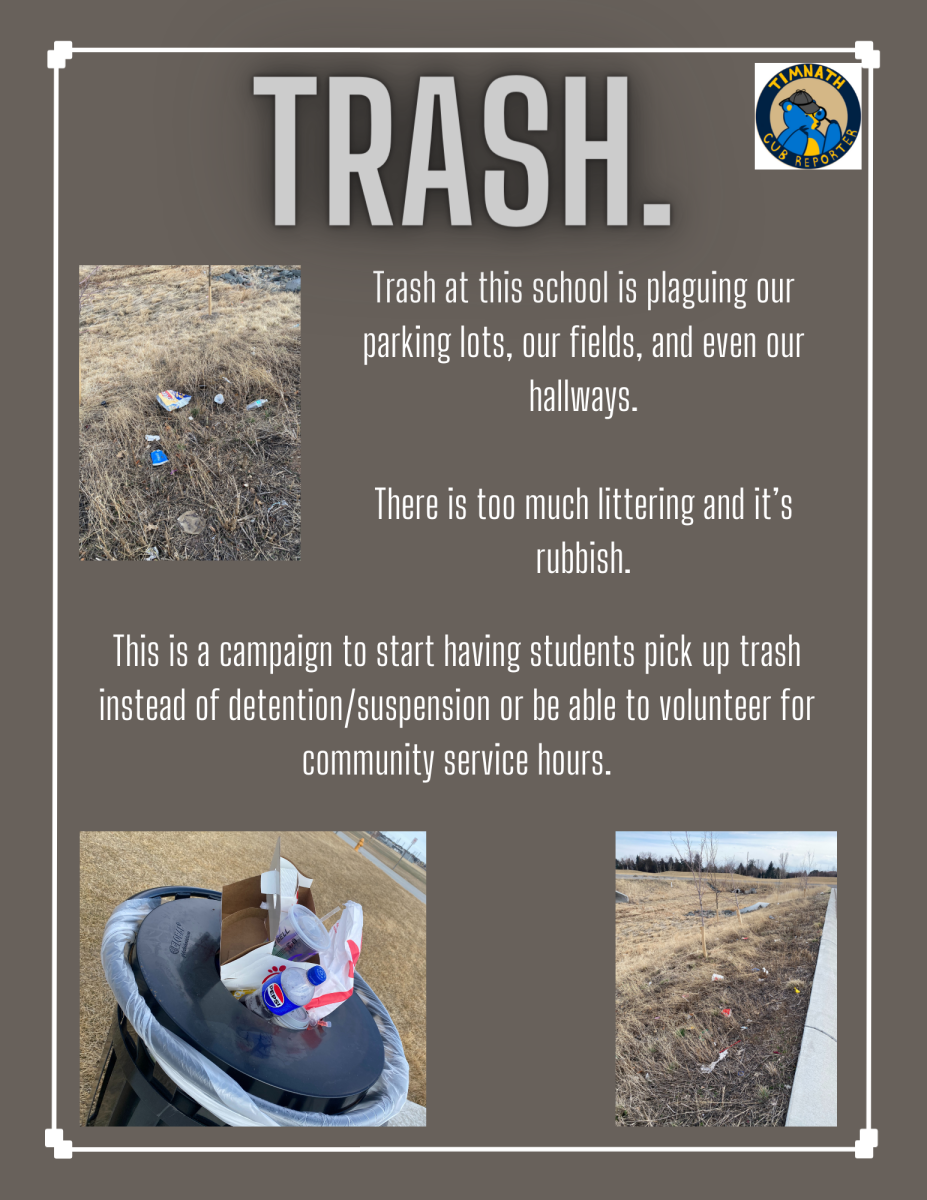Any girl can relate
Any girl who’s been in a public school understands how annoying the dress code can be. Especially on those hot scorching days, figuring out something comfortable to wear while also trying to fit into the guidelines of the dress code can be tedious. Something that can’t show too much stomach, can’t be too short, reveal too much leg, too much shoulder, cleavage, or skin. It feels excessive.
Destroying young women’s confidence.
Something most girls look forward to is getting to choose what they’re going to wear in the morning. Whether it’s something fashionable or more casual, it plays a big part in how we feel. What matters more, however, is that we have the autonomy to choose what we wear. So imagine how gross it must feel to go through your school day only to get pulled out by the administration because your “chest area is a bit exposed.”Feeling comfortable and confident about what you’re wearing only to be pulled out of the classroom by an adult who views what you’re wearing to be inappropriate or provocative can be extremely uncomfortable, and quite embarrassing. We are seeing girls’ self-esteem plummet. Teaching girls that their body parts are inherently wrong or something that should be covered up implements an undeniable self-consciousness in young women.
Body shaming
The list of the general dress code is straightforward. Not a lot of skin, nothing too tight, nothing labeled as “distracting” On page 17 of the TMHS Student Handbook, the dress code section states, “All students should be able to dress comfortably and in a manner that expresses their individuality without fear of or actual unnecessary discipline or body shaming.” Even if this is the district policy, they’re not the ones who are enforcing it. It’s the teachers, and how they choose to act can be a bit biased.
The school is full of girls with diverse body types but many wear the same thing. The upsetting thing is that the consequences for breaking the dress code can vary from person to person based on what they look like. We’ve seen girls on the slimmer side wearing crop tops and shorts that are on the shorter end, clearly breaking the dress code and not facing any consequences from the administration. It’s a whole other story with girls on the curvier side. Girls with more developed bodies get flamed all the more by teachers for wearing things that everyone else is wearing.
Where is the fairness? How is this okay? Girls on the curvier side aren’t getting in trouble for what they’re wearing, but how their bodies look. A sophomore at Timnath agreed with this saying “I’m a girl with a chest on the bigger side so it’s super annoying seeing girls without a curvier body not get in trouble when they’re practically wearing the same thing.” Bodies aren’t shameful. They’re natural and there’s nothing offensive about them. If you’re going to reinforce a dress code, learn to do it with fairness.
Should the dress code be eliminated?
The district states that the purpose of the dress code is to encourage a workplace-like environment for students. Thus, nothing that will “disrupt the educational process.” However, in the real world, unless you’re working in a place that requires a specific uniform, appropriate dress is more of a social norm and not a rule. Therefore, students need to learn to make their own decisions on what is appropriate to wear and what is not. It’s important to realize that kids need to learn what’s socially appropriate through natural consequences. For example, there’s certain clothing that will draw negative attention, and kids need to decide what they find appropriate and comfortable. On the flip, those who are getting distracted by what others are wearing need to learn how to manage their thoughts and behaviors. If the point of the dress code is to eliminate distractions from the classroom, when students make their way to college where there is no dress code they won’t be prepared for what they find there. By enforcing a dress code, the school administration is hovering over kids’ shoulders and not allowing them to experience the natural consequences of their own decisions which is something they will need for the real world.



